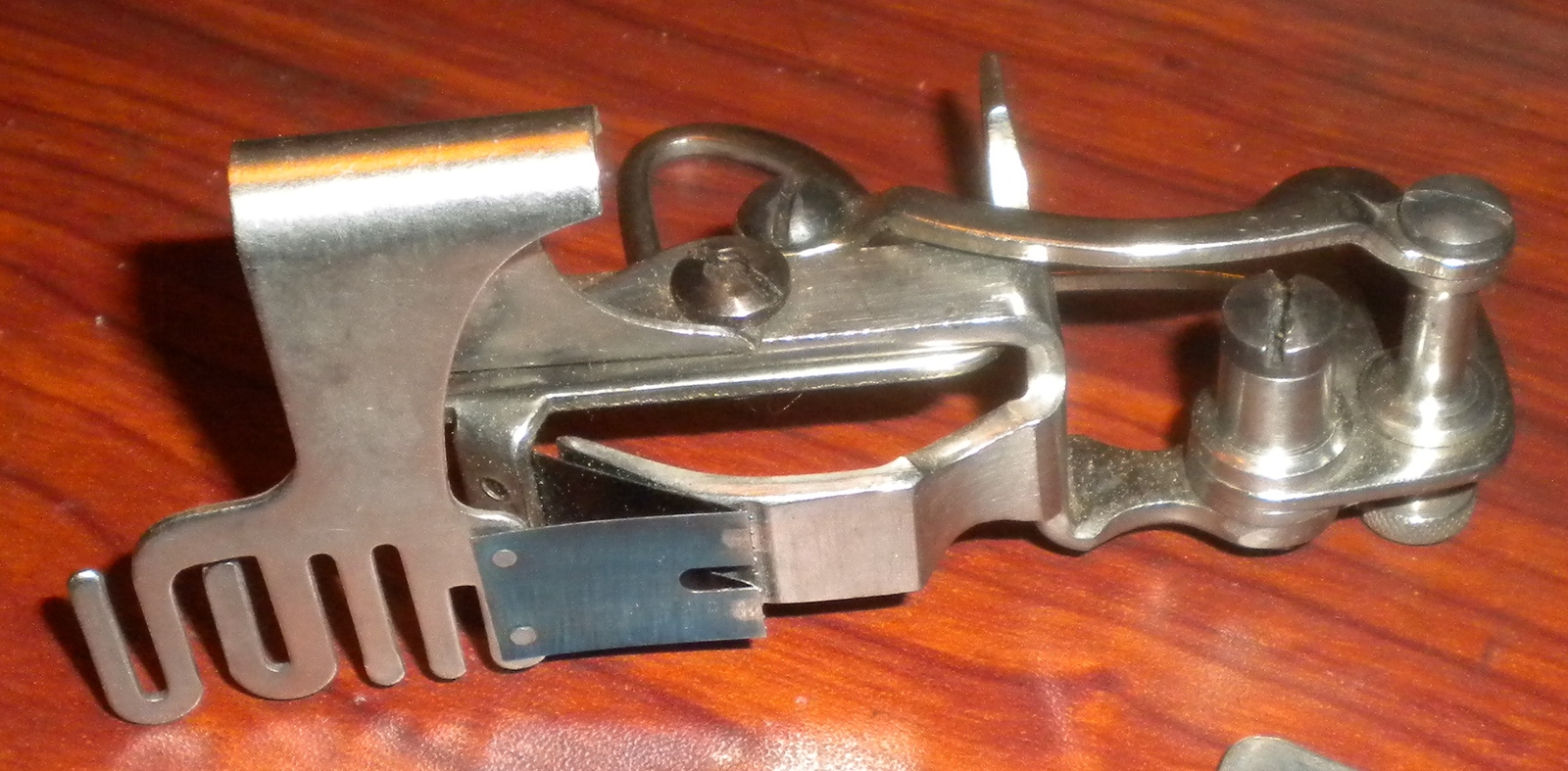Wheeler And Wilson D9


Wheeler & Wilson’ D9 was a very successful rotary machine – and was reproduced and modified by many manufacturers. See all results for this question. Wheeler & Wilson themselves produced many versions of this machine and kept improving various aspects of it as time went on. The astounding Wheeler & Wilson model # 9, D9 or W9 was introduced in 1887. It was a huge success from engineering stand point but was very expensive to produce. It was packed with so many state-of-the-art modifications features and patents that no other sewing machine could come even close to the perfection it attained in stitching'.
After considerable study and expense the company have launched upon the somewhat overcrowded sewing machine market a new invention called the No.9, which for its many merits deserves and will no doubt receive, a large share of public patronage. The Wheeler & Wilson Company long since came to the conclusion that the rotary movement is the true mechanical principle for manufacturing machines and most experts hold that this is also true as regards family machines. The Company, as is well known, have always been in favour of the rotary principle and apparently intend to stand by it. The stitch-forming mechanism of the No.9 is, therefore, similar to that of the No.8, D10 and No.12, but, as distinct from the No.8, there is no vibrating arm, two revolving shafts being used, an upper and lower, the driving pulley being attached to the former and the machine constructed on the high-arm principle. The take-up is unusually short and is placed just over the needle on the head block. The thread controller is thoroughly automatic in action and comprises several decided improvements, which contribute to the production of a stitch which is simply perfection. The driving wheel revolves in a reverse direction to the No.8.
Wheeler And Wilson D9 Value Chart
The Sewing Machine Gazette 1888